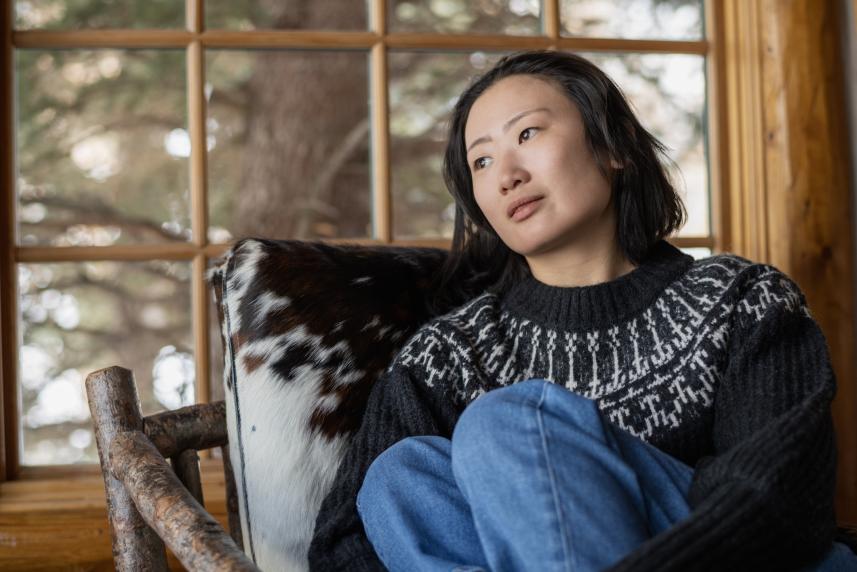Rethinking the winter blues
What experts want you to know about seasonal depression, so you can spot the symptoms in yourself and your loved ones

It’s normal and healthy to feel sad sometimes, like when you’re grieving a loss or dealing with a health complication.
But if you notice that feelings of depression sink in as summer turns to fall and winter, you may have major depressive disorder (MDD) with seasonal pattern (formerly known as seasonal affective disorder, or SAD). In many ways, the symptoms are much like typical depression. They just begin or worsen with the changing of seasons, then lift again when the calendar turns.
Even if you’re not experiencing MDD with seasonal pattern, it’s good to know what it looks like so you can spot it in your loved ones. Here are four things that can help you determine whether a symptom is normal sadness or something bigger.
1. Short-term blues: Feeling down for a few days here and there this time of year.
Many of us feel a bit blue as the weather turns colder and it gets dark earlier. This can worsen around the holidays, especially if you aren’t able to see loved ones.
Something bigger: Feeling depressed for weeks every time this season rolls around.
2. Short-term blues: Feeling blue for a day or two after getting some bad news.
You may feel deeply sad right after the loss of a pet, for example, or after losing your job. That’s to be expected.
Something bigger: Feeling depressed for most of the day, nearly every day, for two weeks or longer.
3. Short-term blues: Not feeling up to an event or activity that’s usually a favorite.
Something bigger: Having no interest in any of the activities you usually enjoy. You may also notice that it’s tougher to focus on simple things, like reading a book.
4. Short-term blues: An occasional night of tossing and turning in bed. We all have trouble sleeping now and then.
Something bigger: Having trouble sleeping most nights. About 75% of people with depression have problems falling or staying asleep. The reverse can happen too, where you find yourself sleeping a lot and not wanting to get out of bed.
How to feel better
Are you or a loved one experiencing symptoms of MDD with seasonal pattern? There are treatment options that can help, including:
Light box therapy. This involves exposure to a bright light for at least 30 minutes each morning.
Cognitive behavioral therapy (CBT). Learning CBT from a licensed mental health provider can help you develop skills to manage symptoms of seasonal depression.
Medication. Your doctor may suggest that you try an antidepressant, depending on your treatment plan.
Working with your doctor and taking an active approach to overcoming MDD with seasonal pattern can help you feel better and get back to enjoying the season, whatever season it may be.


